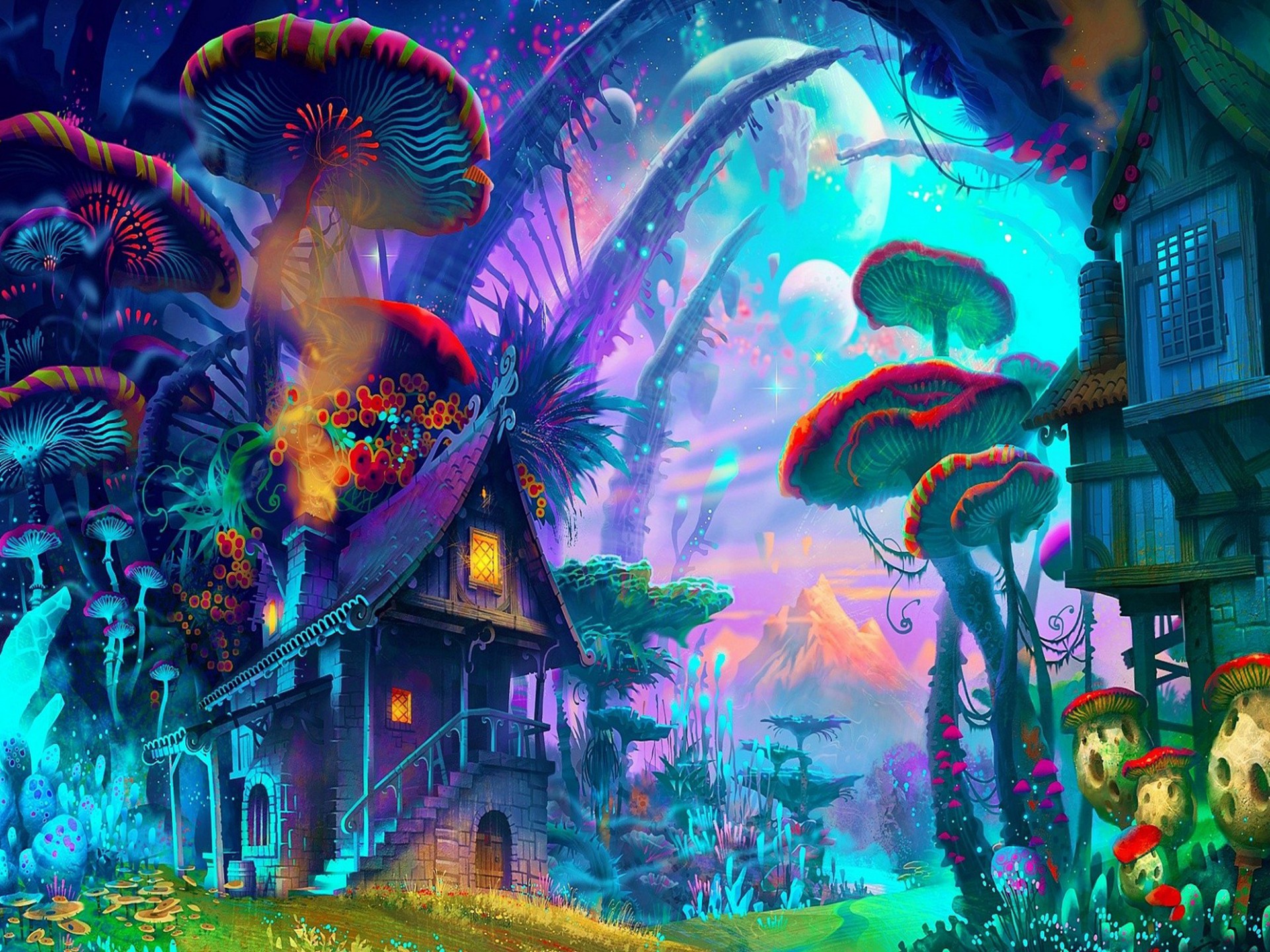
In his writings, Castañeda explored the use of mescaline, psilocybin and other hallucinogenics in spirituality and human culture.
Hallucination drugs series#
Archeologists believe humans have used these “magic mushrooms” since prehistoric times.Ĭarlos Castañeda was a reclusive author whose best-selling series of books include The Teachings of Don Juan, published in 1968. There are more than 100 species of mushrooms around the world that contain psilocybin, a hallucinogenic compound.

Native Americans in Mexico have used peyote and mescaline in religious ceremonies for thousands of years. Peyote, a cactus native to parts of Mexico and Texas, contains a psychoactive chemical called mescaline.
Hallucination drugs code#
Project MK-Ultra, the code name given to a Central Intelligence Agency program that began in the 1950s and lasted through the 1960s, is sometimes known as part of the CIA’s “mind control program.” Researchers think LSD flashbacks may happen during times of increased stress. Long after they’ve taken the drug, some users experience flashbacks, when parts of the trip return without using the drug again. Because its effects are unpredictable, there’s no way to know when taking the drug whether a user will have a good trip or not.ĭepending on how much a person takes or how their brain responds, a trip can be pleasurable and enlightening, or, during a “bad trip,” a user may have terrifying thoughts or feel out of control. LSD users call these hallucinogenic experiences “trips,” and LSD is a particularly strong hallucinogen. The effects of mixing drugs can be unpredictable and people are more at risk of overdose, including death.LSD is just one mind-altering substance in a class of drugs called hallucinogens, which cause people to have hallucinations-things that someone sees, hears or feels that appear to be real but are in fact created by the mind. Combining drugs also known as ‘poly drug use’ increases the risk and can be extremely dangerous. There is no safe level of alcohol or drug use and the use of any drug always carries some risk. Long-term use of hallucinogens can also lead to a range of physical and mental health conditions and for more information about hallucinogens refer to the fact sheets on drugs. Other short-term effects include nausea, increased heart rate, dizziness, confusion, clumsiness, and emotional swings.

The effects of hallucinogens vary, although often they produce feelings of relaxation. The effects of hallucinogens are difficult to predict, and are greatly affected by the mood of the person and the context of use. For example, a person may see things that do not actually exist, or a normal sensory experience may be exaggerated (such as seeing colours more vividly). they change the way a person sees, hears and feels about a situation. Hallucinogenic drugs distort perceptions of reality, i.e. LSD and ketamine are chemical-based hallucinogens magic mushrooms (psilocybin) and peyote cactus are plant-based hallucinogens.Ĭannabis and ecstasy can also have hallucinogenic properties. For more information about the effects of each drug refer to the fact sheets on depressant drugs.
/lsd02-5691dea53df78cafda81becf.jpg)
Long-term use of depressants can also lead to a range of physical and mental health conditions. In large doses, depressants may cause drowsiness, nausea, and loss of consciousness. Other short-term effects may include dizziness, poor balance and co-ordination, and slower reflexes. They don’t necessarily make a person feel depressed, but rather reduce co-ordination and impair concentration and judgement.ĭepressants often produce feelings of being relaxed, calm, or to help with sleep. DepressantsĪlcohol, cannabis, benzodiazepines, heroin and other opioids.ĭepressant drugs slow down the functioning of the brain.

Long-term use of stimulants can also lead to a range of physical and mental health conditions and for more information about the effects of each drug refer to the fact sheets on drugs. With prolonged use or if taken in large doses the effects may include anxiety, panic, seizures, headaches, stomach cramps, aggression and paranoia. Stimulants often produce a euphoric effect, with some people feeling more alert, energetic and confident.Ī person using stimulants may be talkative, agitated and experience insomnia. And so, they typically increase the pulse and breathing rate, elevate blood pressure, suppress the appetite and dilate the pupils. Stimulant drugs speed up the messages travelling between the brain and the body. Cocaine, methamphetamine, MDMA, khat, nicotine and prescription stimulants.


 0 kommentar(er)
0 kommentar(er)
